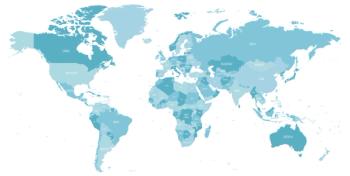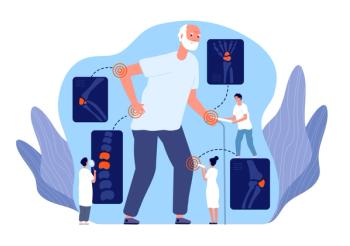
Financial Burden of Medicare Is Increasing as Employer Coverage Erodes for Retired Seniors
Low- and middle- income Medicare beneficiaries face increasing financial burden as employer coverage erodes.
Medicare beneficiaries are facing an increased financial burden as employer-sponsored insurance (ESI) erodes, according to a new issue brief from The Commonwealth Fund.
Economic pressure has caused fewer employers to offer supplemental coverage to their retired employees, and individuals on Medicare with low to middle incomes are shouldering the most burdensome annual premiums, which can be over $500 more than those eligible for Medicaid. Compared with Medigap coverage, it can be 4 times more. Beneficiaries with high incomes ($48,000 a year or more if single) were more likely to have supplemental employer coverage. If they are eligible for Medicare but still working, beneficiaries were also more likely to be covered by an employer plan.
“Medicare will serve a generation that has experienced little or no growth in real wages, a reduction of assets and savings through economic crisis, and loss of employer- provided pensions and retiree health benefits,” the authors wrote. “It is an urgent priority that policymakers reexamine the program’s benefits and financing to meet the needs of older adults.”
Michael Thompson, the president and chief executive officer of the National Alliance of Healthcare Purchaser Coalitions, said in an interview with The American Journal of Managed Care® that the healthcare safety net is incredibly fragile, and it’s starting to feel a huge weight.
“With the retirement of the Baby Boomer generation and the abandonment of retiree coverage by employers, the squeeze is on for the public safety net (Medicare and Medicaid),” Thompson said. “The financial projections for Medicare as it stands are not sustainable at the same time that a growing segment of the population is increasingly dependent on these benefits for health security.”
According to Thompson, the burden mostly rests on the retired poor. He said that even with economic bounce back, the trend of employers no longer offering health insurance to their retired employees will continue. The uncertainty of the Affordable Care Act (ACA)'s future also creates issues for the retired community, especially for those younger than 65 years.
“The affordability of that coverage has been sustained, in part, by means testing of premiums and the Medicaid expansion under ACA. This group would be particularly impacted if ACA were to implode or its provisions changed materially” Thompson said.
In order to be sustainable, the cost of healthcare costs needs to slow, and regulation needs to play a greater role, Thompson said.
“The cost sharing under traditional Medicare is high, uncapped and without supplemental coverage which can be significant,” Thompson said. "The path forward will likely include movement to greater means testing both for both premiums and cost sharing going forward."
Newsletter
Stay ahead of policy, cost, and value—subscribe to AJMC for expert insights at the intersection of clinical care and health economics.














































